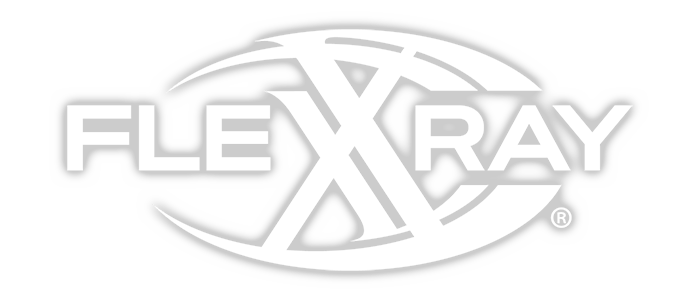Have Product
On Hold?
Foreign material contamination is a prevalent risk—one of the top three leading causes of food recalls in the United States—and if you aren’t planning accordingly, it’ll quickly turn into an issue that can impact your ability to meet customer needs and production quotas, place a strain on current raw ingredients supply and create a range of other issues.

We use customized processes and state-of-the-art X-ray technology to find foreign material contaminants in food, beverage and lifestyle products. The types of contaminants we’re able to find include:
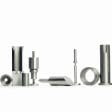
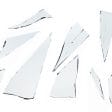
Particles
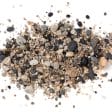


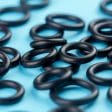
Gasket
Material

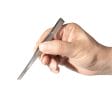
How It Works
Our technology is capable of finding and identifying contaminants as small as 0.8 mm in diameter. With a national network of facilities and inspection lines operating 24/7, we have the capacity to turn around product in as few as four hours.
You can protect your product with FlexXray’s help.
Manufacturers may have systems and technology in place to detect foreign material contaminants, though not often calibrated to detect at such small sizes. If an in-line machine does detect an issue, product is bracketed and placed on hold until it can be reworked, delaying the timeline for finished product to enter commerce. That’s an issue—one FlexXray’s simple three-step process can help fix.
